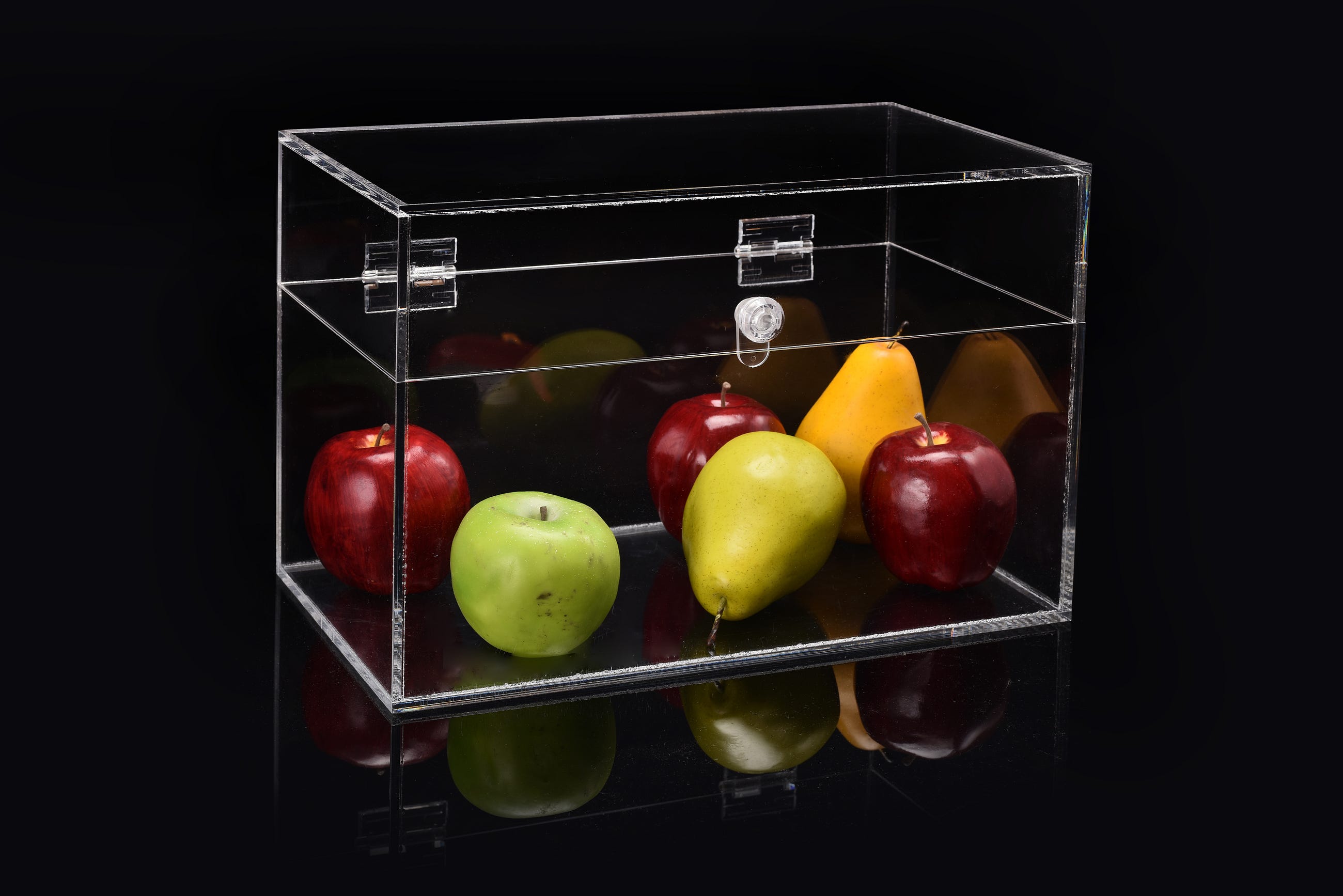
Mutable vs Immutable Objects in Python megha mohan - Medium PEP 3115 -- Metaclasses in Python 3000... dictionary is replaced by the dictionary returned from __prepare__. You can use dict comprehensions in ways very similar to list comprehensions, except that they produce Python dictionary objects instead of list objects. Resolution This PEP was originally written for inclusion in Python 2.3.
Mutable vs Immutable Objects in Python megha mohan - Medium
Mutable vs Immutable Objects in Python megha mohan - Medium. Jul 23, 2013В В· has_key checks for the existence of a key in the dictionary. (One your code defines while creating a dictionary) hasattr checks if the object has an attribute. Dictionaries are objects, and they have certain attributes. hasattr checks for those., PEP 3115 -- Metaclasses in Python 3000... dictionary is replaced by the dictionary returned from __prepare__. You can use dict comprehensions in ways very similar to list comprehensions, except that they produce Python dictionary objects instead of list objects. Resolution This PEP was originally written for inclusion in Python 2.3..
Jul 23, 2013 · has_key checks for the existence of a key in the dictionary. (One your code defines while creating a dictionary) hasattr checks if the object has an attribute. Dictionaries are objects, and they have certain attributes. hasattr checks for those. Dictionary Objects¶ PyDictObject¶ This subtype of PyObject represents a Python dictionary object. PyTypeObject PyDict_Type¶ This instance of PyTypeObject represents the Python dictionary type. This is the same object as dict in the Python layer. int PyDict_Check (PyObject *p) ¶
Welcome to the Python tutorial, today we’ll dive into the concept of serializing Python objects. Serialization is a universal concept and almost all the programming languages provide the mechanism to implement it. In this post, we’ll thoroughly explain the step-by … May 25, 2017 · Everything in Python is an object. And what every newcomer to Python should quickly learn is that all objects in Python can be either mutable or immutable. Lets dive deeper into the details of it
In the next section, we’ll see more information and detailed examples to understand more about the differences between the mutable and immutable objects. Mutable and Immutable Data Types in Python. Some of the mutable data types in Python are list, dictionary, set and user-defined classes. Dictionary Objects¶ PyDictObject¶ This subtype of PyObject represents a Python dictionary object. PyTypeObject PyDict_Type¶ This instance of PyTypeObject represents the Python dictionary type. This is the same object as dict in the Python layer. int PyDict_Check (PyObject *p) ¶
Dictionary Objects¶ PyDictObject¶ This subtype of PyObject represents a Python dictionary object. PyTypeObject PyDict_Type¶ This instance of PyTypeObject represents the Python dictionary type. This is the same object as dict in the Python layer. int PyDict_Check (PyObject *p) ¶ In the next section, we’ll see more information and detailed examples to understand more about the differences between the mutable and immutable objects. Mutable and Immutable Data Types in Python. Some of the mutable data types in Python are list, dictionary, set and user-defined classes.
PEP 3115 -- Metaclasses in Python 3000... dictionary is replaced by the dictionary returned from __prepare__. You can use dict comprehensions in ways very similar to list comprehensions, except that they produce Python dictionary objects instead of list objects. Resolution This PEP was originally written for inclusion in Python 2.3. In the next section, we’ll see more information and detailed examples to understand more about the differences between the mutable and immutable objects. Mutable and Immutable Data Types in Python. Some of the mutable data types in Python are list, dictionary, set and user-defined classes.
Jul 23, 2013 · has_key checks for the existence of a key in the dictionary. (One your code defines while creating a dictionary) hasattr checks if the object has an attribute. Dictionaries are objects, and they have certain attributes. hasattr checks for those. Welcome to the Python tutorial, today we’ll dive into the concept of serializing Python objects. Serialization is a universal concept and almost all the programming languages provide the mechanism to implement it. In this post, we’ll thoroughly explain the step-by …
PEP 3115 -- Metaclasses in Python 3000... dictionary is replaced by the dictionary returned from __prepare__. You can use dict comprehensions in ways very similar to list comprehensions, except that they produce Python dictionary objects instead of list objects. Resolution This PEP was originally written for inclusion in Python 2.3. Dictionary Objects¶ PyDictObject¶ This subtype of PyObject represents a Python dictionary object. PyTypeObject PyDict_Type¶ This instance of PyTypeObject represents the Python dictionary type. This is the same object as dict in the Python layer. int PyDict_Check (PyObject *p) ¶
PEP 3115 -- Metaclasses in Python 3000... dictionary is replaced by the dictionary returned from __prepare__. You can use dict comprehensions in ways very similar to list comprehensions, except that they produce Python dictionary objects instead of list objects. Resolution This PEP was originally written for inclusion in Python 2.3. PROC FCMP Python objects enable you to embed and import Python functions into SAS programs. The Python code is not converted to SAS code. Instead, the Python code runs in the Python interpreter of your choice and returns the results to SAS. With a small Python code modification, you can run your Python functions from SAS and easily program in both languages at the same time.Python objects
Dictionary Objects¶ PyDictObject¶ This subtype of PyObject represents a Python dictionary object. PyTypeObject PyDict_Type¶ This instance of PyTypeObject represents the Python dictionary type. This is the same object as dict in the Python layer. int PyDict_Check (PyObject *p) ¶ Welcome to the Python tutorial, today we’ll dive into the concept of serializing Python objects. Serialization is a universal concept and almost all the programming languages provide the mechanism to implement it. In this post, we’ll thoroughly explain the step-by …
Dictionary Objects¶ PyDictObject¶ This subtype of PyObject represents a Python dictionary object. PyTypeObject PyDict_Type¶ This instance of PyTypeObject represents the Python dictionary type. This is the same object as dict in the Python layer. int PyDict_Check (PyObject *p) ¶ PEP 3115 -- Metaclasses in Python 3000... dictionary is replaced by the dictionary returned from __prepare__. You can use dict comprehensions in ways very similar to list comprehensions, except that they produce Python dictionary objects instead of list objects. Resolution This PEP was originally written for inclusion in Python 2.3.
In the next section, we’ll see more information and detailed examples to understand more about the differences between the mutable and immutable objects. Mutable and Immutable Data Types in Python. Some of the mutable data types in Python are list, dictionary, set and user-defined classes. In the next section, we’ll see more information and detailed examples to understand more about the differences between the mutable and immutable objects. Mutable and Immutable Data Types in Python. Some of the mutable data types in Python are list, dictionary, set and user-defined classes.
Mutable vs Immutable Objects in Python megha mohan - Medium. Dictionary Objects¶ PyDictObject¶ This subtype of PyObject represents a Python dictionary object. PyTypeObject PyDict_Type¶ This instance of PyTypeObject represents the Python dictionary type. This is the same object as dict in the Python layer. int PyDict_Check (PyObject *p) ¶, May 25, 2017 · Everything in Python is an object. And what every newcomer to Python should quickly learn is that all objects in Python can be either mutable or immutable. Lets dive deeper into the details of it.
Python Basics Mutable vs Immutable Objects Towards Data
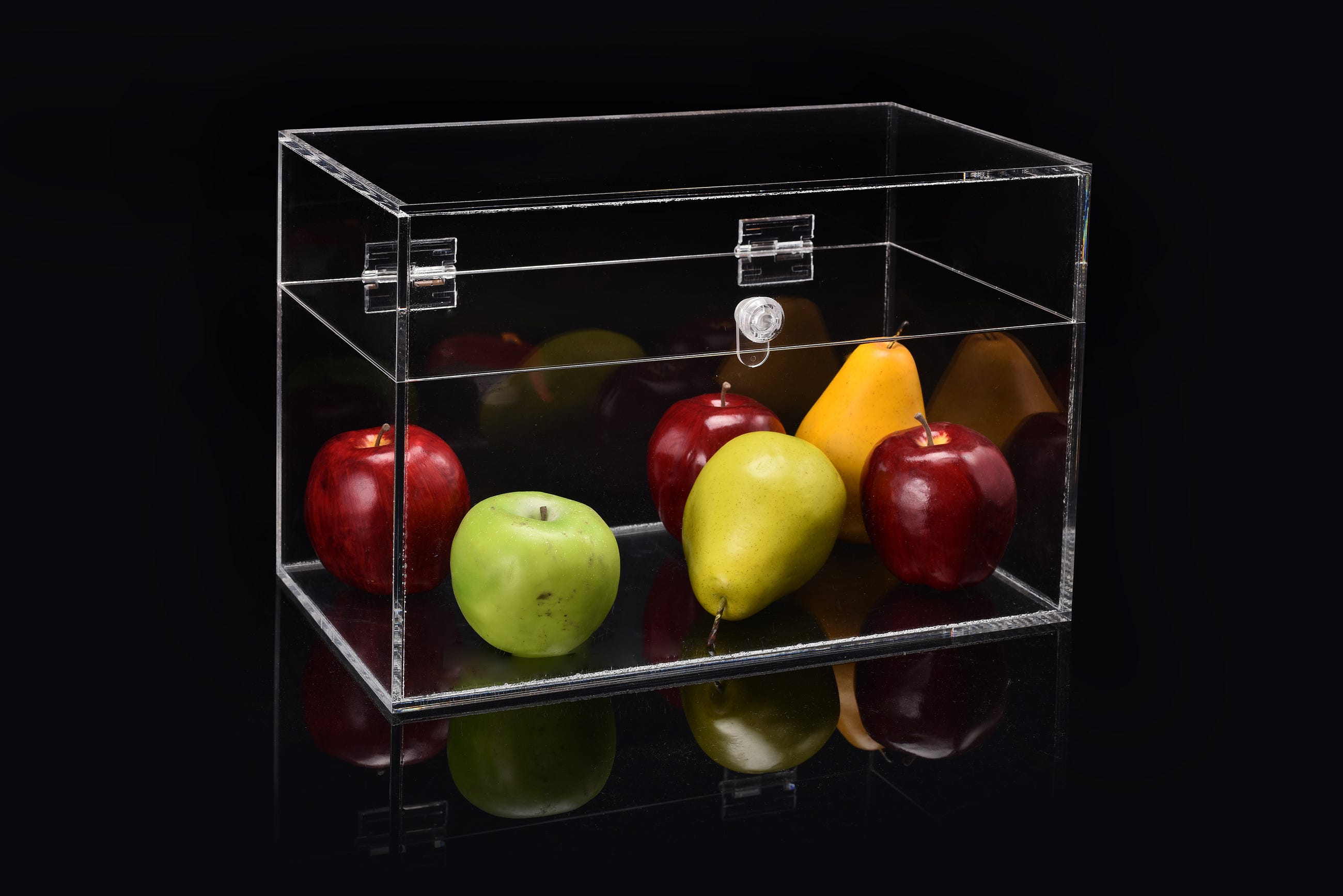
Mutable vs Immutable Objects in Python megha mohan - Medium. Welcome to the Python tutorial, today we’ll dive into the concept of serializing Python objects. Serialization is a universal concept and almost all the programming languages provide the mechanism to implement it. In this post, we’ll thoroughly explain the step-by …, In the next section, we’ll see more information and detailed examples to understand more about the differences between the mutable and immutable objects. Mutable and Immutable Data Types in Python. Some of the mutable data types in Python are list, dictionary, set and user-defined classes..
Python Basics Mutable vs Immutable Objects Towards Data
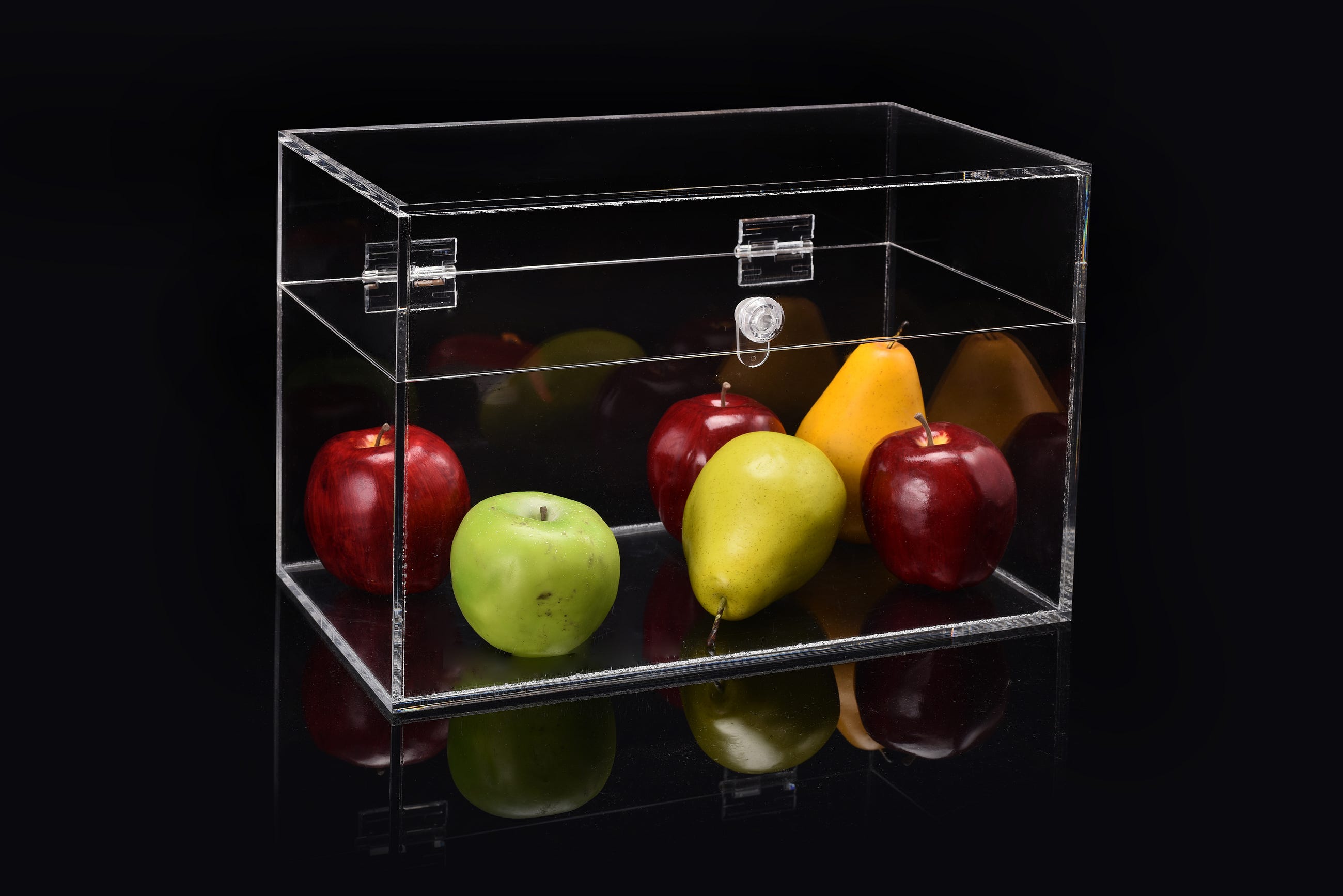
Mutable vs Immutable Objects in Python megha mohan - Medium. In the next section, we’ll see more information and detailed examples to understand more about the differences between the mutable and immutable objects. Mutable and Immutable Data Types in Python. Some of the mutable data types in Python are list, dictionary, set and user-defined classes. Welcome to the Python tutorial, today we’ll dive into the concept of serializing Python objects. Serialization is a universal concept and almost all the programming languages provide the mechanism to implement it. In this post, we’ll thoroughly explain the step-by ….
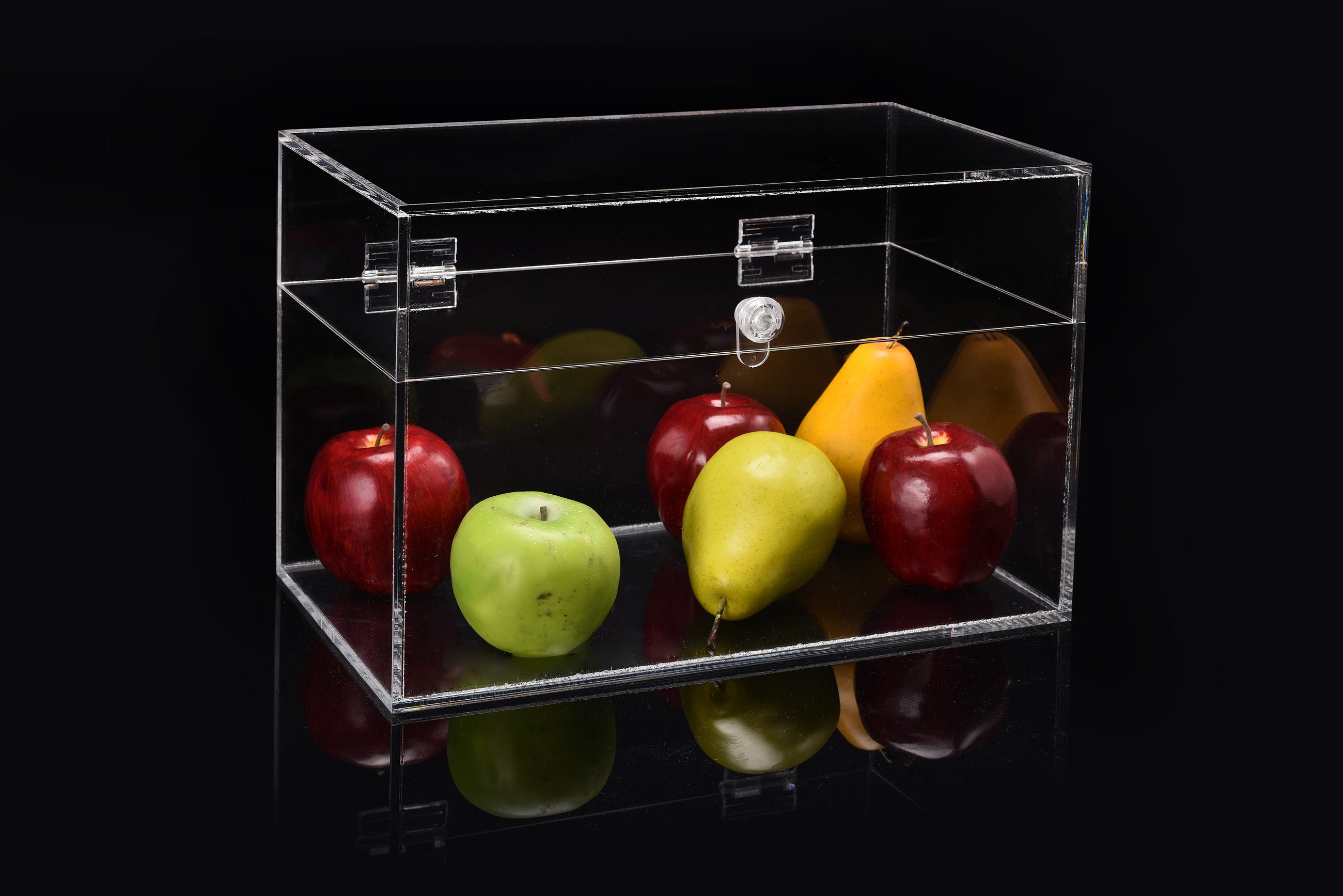
Welcome to the Python tutorial, today we’ll dive into the concept of serializing Python objects. Serialization is a universal concept and almost all the programming languages provide the mechanism to implement it. In this post, we’ll thoroughly explain the step-by … PEP 3115 -- Metaclasses in Python 3000... dictionary is replaced by the dictionary returned from __prepare__. You can use dict comprehensions in ways very similar to list comprehensions, except that they produce Python dictionary objects instead of list objects. Resolution This PEP was originally written for inclusion in Python 2.3.
Jul 23, 2013В В· has_key checks for the existence of a key in the dictionary. (One your code defines while creating a dictionary) hasattr checks if the object has an attribute. Dictionaries are objects, and they have certain attributes. hasattr checks for those. May 25, 2017В В· Everything in Python is an object. And what every newcomer to Python should quickly learn is that all objects in Python can be either mutable or immutable. Lets dive deeper into the details of it
May 25, 2017В В· Everything in Python is an object. And what every newcomer to Python should quickly learn is that all objects in Python can be either mutable or immutable. Lets dive deeper into the details of it Jul 23, 2013В В· has_key checks for the existence of a key in the dictionary. (One your code defines while creating a dictionary) hasattr checks if the object has an attribute. Dictionaries are objects, and they have certain attributes. hasattr checks for those.
Dictionary Objects¶ PyDictObject¶ This subtype of PyObject represents a Python dictionary object. PyTypeObject PyDict_Type¶ This instance of PyTypeObject represents the Python dictionary type. This is the same object as dict in the Python layer. int PyDict_Check (PyObject *p) ¶ PEP 3115 -- Metaclasses in Python 3000... dictionary is replaced by the dictionary returned from __prepare__. You can use dict comprehensions in ways very similar to list comprehensions, except that they produce Python dictionary objects instead of list objects. Resolution This PEP was originally written for inclusion in Python 2.3.
May 25, 2017 · Everything in Python is an object. And what every newcomer to Python should quickly learn is that all objects in Python can be either mutable or immutable. Lets dive deeper into the details of it In the next section, we’ll see more information and detailed examples to understand more about the differences between the mutable and immutable objects. Mutable and Immutable Data Types in Python. Some of the mutable data types in Python are list, dictionary, set and user-defined classes.
PEP 3115 -- Metaclasses in Python 3000... dictionary is replaced by the dictionary returned from __prepare__. You can use dict comprehensions in ways very similar to list comprehensions, except that they produce Python dictionary objects instead of list objects. Resolution This PEP was originally written for inclusion in Python 2.3. Welcome to the Python tutorial, today we’ll dive into the concept of serializing Python objects. Serialization is a universal concept and almost all the programming languages provide the mechanism to implement it. In this post, we’ll thoroughly explain the step-by …
May 25, 2017 · Everything in Python is an object. And what every newcomer to Python should quickly learn is that all objects in Python can be either mutable or immutable. Lets dive deeper into the details of it In the next section, we’ll see more information and detailed examples to understand more about the differences between the mutable and immutable objects. Mutable and Immutable Data Types in Python. Some of the mutable data types in Python are list, dictionary, set and user-defined classes.
May 25, 2017 · Everything in Python is an object. And what every newcomer to Python should quickly learn is that all objects in Python can be either mutable or immutable. Lets dive deeper into the details of it Welcome to the Python tutorial, today we’ll dive into the concept of serializing Python objects. Serialization is a universal concept and almost all the programming languages provide the mechanism to implement it. In this post, we’ll thoroughly explain the step-by …
PEP 3115 -- Metaclasses in Python 3000... dictionary is replaced by the dictionary returned from __prepare__. You can use dict comprehensions in ways very similar to list comprehensions, except that they produce Python dictionary objects instead of list objects. Resolution This PEP was originally written for inclusion in Python 2.3. PROC FCMP Python objects enable you to embed and import Python functions into SAS programs. The Python code is not converted to SAS code. Instead, the Python code runs in the Python interpreter of your choice and returns the results to SAS. With a small Python code modification, you can run your Python functions from SAS and easily program in both languages at the same time.Python objects
Welcome to the Python tutorial, today we’ll dive into the concept of serializing Python objects. Serialization is a universal concept and almost all the programming languages provide the mechanism to implement it. In this post, we’ll thoroughly explain the step-by … May 25, 2017 · Everything in Python is an object. And what every newcomer to Python should quickly learn is that all objects in Python can be either mutable or immutable. Lets dive deeper into the details of it
In the next section, we’ll see more information and detailed examples to understand more about the differences between the mutable and immutable objects. Mutable and Immutable Data Types in Python. Some of the mutable data types in Python are list, dictionary, set and user-defined classes. PROC FCMP Python objects enable you to embed and import Python functions into SAS programs. The Python code is not converted to SAS code. Instead, the Python code runs in the Python interpreter of your choice and returns the results to SAS. With a small Python code modification, you can run your Python functions from SAS and easily program in both languages at the same time.Python objects
Download sjws always lie taking down the thought police ebook free in PDF and EPUB Format. sjws always lie taking down the thought police also available in docx and mobi. Read sjws always lie taking down the thought police online, read in mobile or Kindle. Sjws always lie pdf Auckland Written by Vox Day, Supreme Dark Lord of the Evil Legion of Evil and three-time Hugo nominee who is described as the most hated man in science fiction by Black Gate and The Wall Street Journal, SJWS ALWAYS LIE is a powerful weapon in the cultural war against the thought police.
Mutable vs Immutable Objects in Python megha mohan - Medium
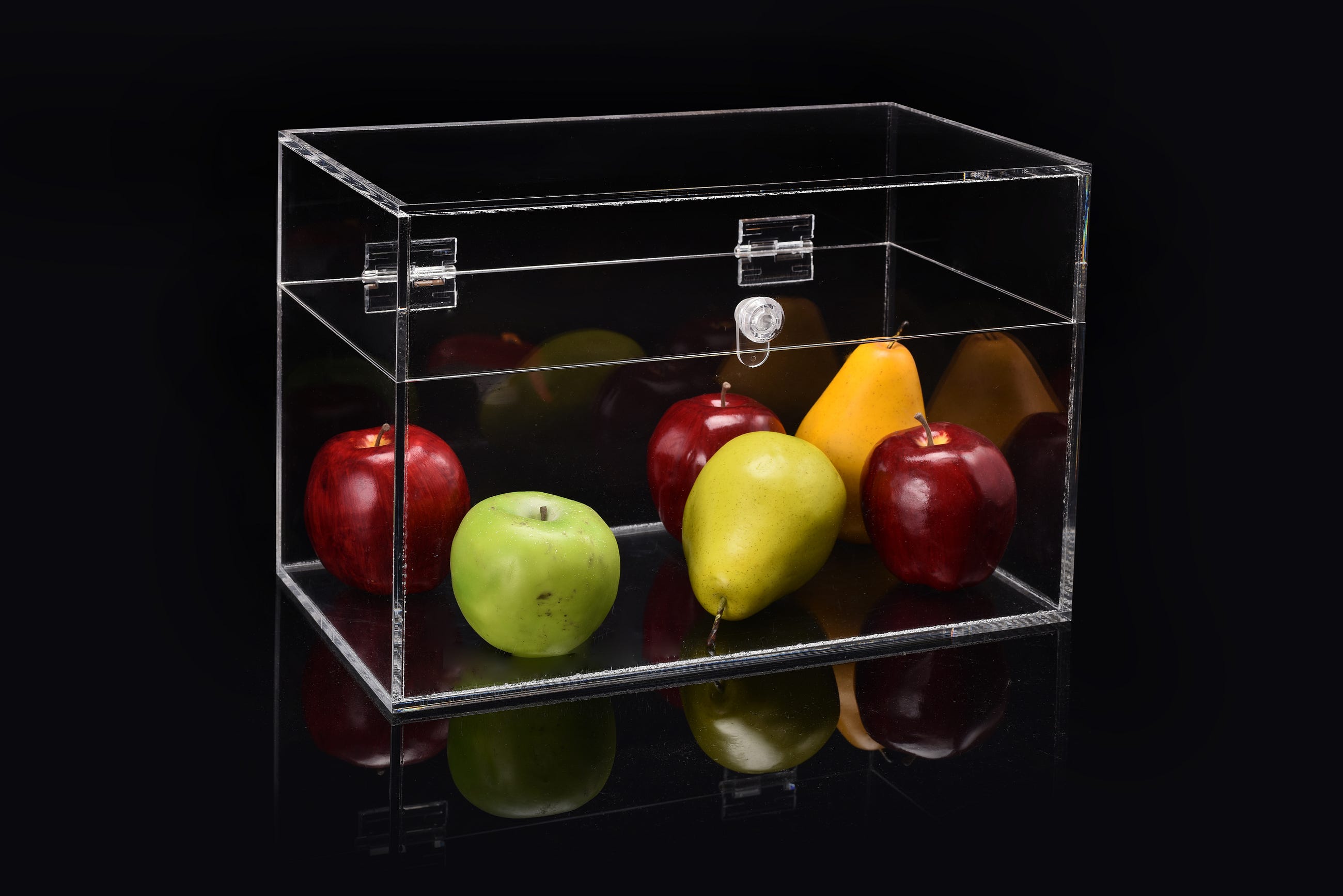
Mutable vs Immutable Objects in Python megha mohan - Medium. Dictionary Objects¶ PyDictObject¶ This subtype of PyObject represents a Python dictionary object. PyTypeObject PyDict_Type¶ This instance of PyTypeObject represents the Python dictionary type. This is the same object as dict in the Python layer. int PyDict_Check (PyObject *p) ¶, Dictionary Objects¶ PyDictObject¶ This subtype of PyObject represents a Python dictionary object. PyTypeObject PyDict_Type¶ This instance of PyTypeObject represents the Python dictionary type. This is the same object as dict in the Python layer. int PyDict_Check (PyObject *p) ¶.
Python Basics Mutable vs Immutable Objects Towards Data
SAS Help Center Using PROC FCMP Python Objects. Dictionary Objects¶ PyDictObject¶ This subtype of PyObject represents a Python dictionary object. PyTypeObject PyDict_Type¶ This instance of PyTypeObject represents the Python dictionary type. This is the same object as dict in the Python layer. int PyDict_Check (PyObject *p) ¶, PROC FCMP Python objects enable you to embed and import Python functions into SAS programs. The Python code is not converted to SAS code. Instead, the Python code runs in the Python interpreter of your choice and returns the results to SAS. With a small Python code modification, you can run your Python functions from SAS and easily program in both languages at the same time.Python objects.
Welcome to the Python tutorial, today we’ll dive into the concept of serializing Python objects. Serialization is a universal concept and almost all the programming languages provide the mechanism to implement it. In this post, we’ll thoroughly explain the step-by … Welcome to the Python tutorial, today we’ll dive into the concept of serializing Python objects. Serialization is a universal concept and almost all the programming languages provide the mechanism to implement it. In this post, we’ll thoroughly explain the step-by …
PROC FCMP Python objects enable you to embed and import Python functions into SAS programs. The Python code is not converted to SAS code. Instead, the Python code runs in the Python interpreter of your choice and returns the results to SAS. With a small Python code modification, you can run your Python functions from SAS and easily program in both languages at the same time.Python objects PROC FCMP Python objects enable you to embed and import Python functions into SAS programs. The Python code is not converted to SAS code. Instead, the Python code runs in the Python interpreter of your choice and returns the results to SAS. With a small Python code modification, you can run your Python functions from SAS and easily program in both languages at the same time.Python objects
In the next section, we’ll see more information and detailed examples to understand more about the differences between the mutable and immutable objects. Mutable and Immutable Data Types in Python. Some of the mutable data types in Python are list, dictionary, set and user-defined classes. PROC FCMP Python objects enable you to embed and import Python functions into SAS programs. The Python code is not converted to SAS code. Instead, the Python code runs in the Python interpreter of your choice and returns the results to SAS. With a small Python code modification, you can run your Python functions from SAS and easily program in both languages at the same time.Python objects
Jul 23, 2013В В· has_key checks for the existence of a key in the dictionary. (One your code defines while creating a dictionary) hasattr checks if the object has an attribute. Dictionaries are objects, and they have certain attributes. hasattr checks for those. Jul 23, 2013В В· has_key checks for the existence of a key in the dictionary. (One your code defines while creating a dictionary) hasattr checks if the object has an attribute. Dictionaries are objects, and they have certain attributes. hasattr checks for those.
Jul 23, 2013 · has_key checks for the existence of a key in the dictionary. (One your code defines while creating a dictionary) hasattr checks if the object has an attribute. Dictionaries are objects, and they have certain attributes. hasattr checks for those. In the next section, we’ll see more information and detailed examples to understand more about the differences between the mutable and immutable objects. Mutable and Immutable Data Types in Python. Some of the mutable data types in Python are list, dictionary, set and user-defined classes.
Dictionary Objects¶ PyDictObject¶ This subtype of PyObject represents a Python dictionary object. PyTypeObject PyDict_Type¶ This instance of PyTypeObject represents the Python dictionary type. This is the same object as dict in the Python layer. int PyDict_Check (PyObject *p) ¶ PEP 3115 -- Metaclasses in Python 3000... dictionary is replaced by the dictionary returned from __prepare__. You can use dict comprehensions in ways very similar to list comprehensions, except that they produce Python dictionary objects instead of list objects. Resolution This PEP was originally written for inclusion in Python 2.3.
PROC FCMP Python objects enable you to embed and import Python functions into SAS programs. The Python code is not converted to SAS code. Instead, the Python code runs in the Python interpreter of your choice and returns the results to SAS. With a small Python code modification, you can run your Python functions from SAS and easily program in both languages at the same time.Python objects Welcome to the Python tutorial, today we’ll dive into the concept of serializing Python objects. Serialization is a universal concept and almost all the programming languages provide the mechanism to implement it. In this post, we’ll thoroughly explain the step-by …
May 25, 2017 · Everything in Python is an object. And what every newcomer to Python should quickly learn is that all objects in Python can be either mutable or immutable. Lets dive deeper into the details of it Welcome to the Python tutorial, today we’ll dive into the concept of serializing Python objects. Serialization is a universal concept and almost all the programming languages provide the mechanism to implement it. In this post, we’ll thoroughly explain the step-by …
Jul 23, 2013В В· has_key checks for the existence of a key in the dictionary. (One your code defines while creating a dictionary) hasattr checks if the object has an attribute. Dictionaries are objects, and they have certain attributes. hasattr checks for those. Jul 23, 2013В В· has_key checks for the existence of a key in the dictionary. (One your code defines while creating a dictionary) hasattr checks if the object has an attribute. Dictionaries are objects, and they have certain attributes. hasattr checks for those.
Jul 23, 2013 · has_key checks for the existence of a key in the dictionary. (One your code defines while creating a dictionary) hasattr checks if the object has an attribute. Dictionaries are objects, and they have certain attributes. hasattr checks for those. Dictionary Objects¶ PyDictObject¶ This subtype of PyObject represents a Python dictionary object. PyTypeObject PyDict_Type¶ This instance of PyTypeObject represents the Python dictionary type. This is the same object as dict in the Python layer. int PyDict_Check (PyObject *p) ¶
Python Basics Mutable vs Immutable Objects Towards Data
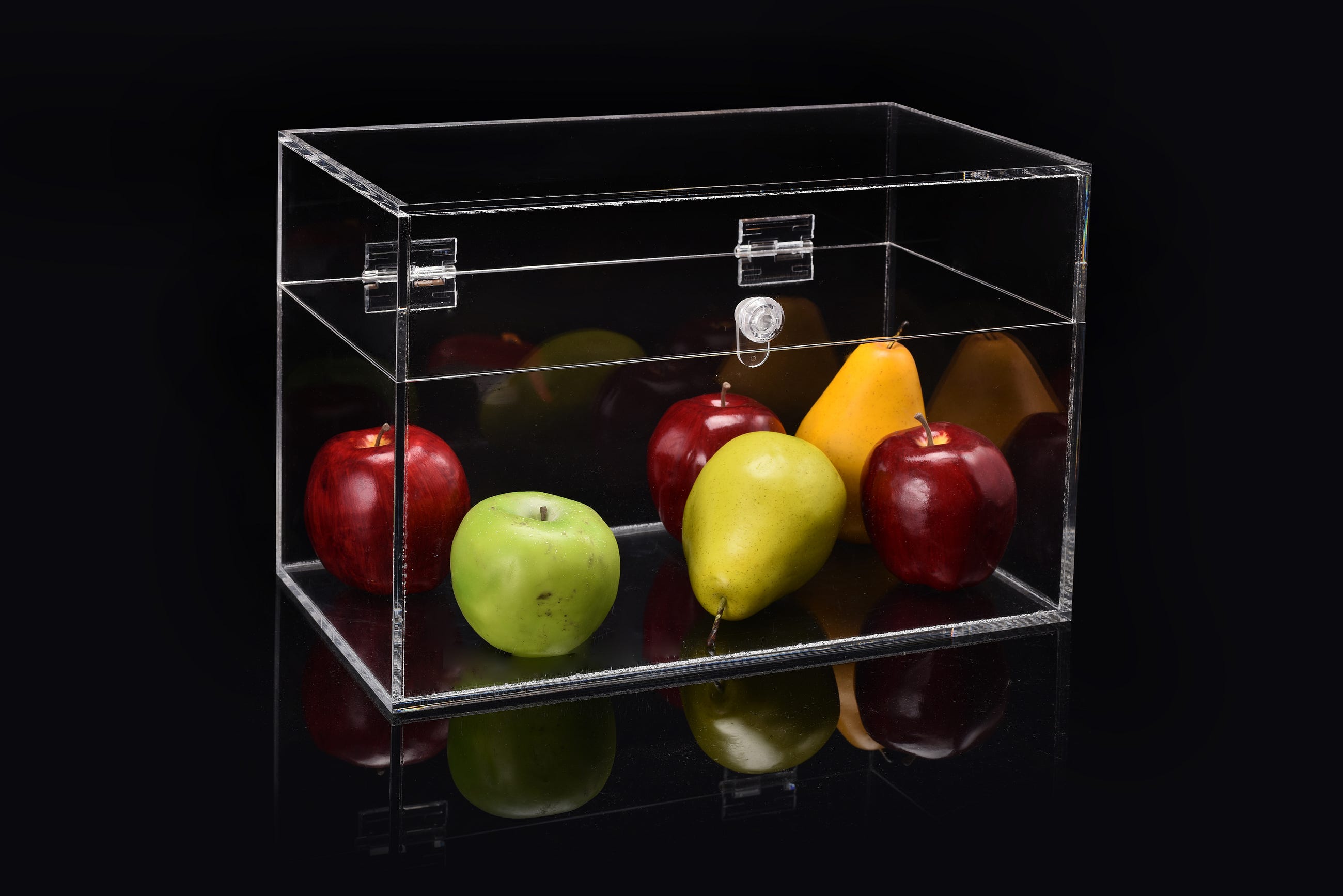
SAS Help Center Using PROC FCMP Python Objects. May 25, 2017В В· Everything in Python is an object. And what every newcomer to Python should quickly learn is that all objects in Python can be either mutable or immutable. Lets dive deeper into the details of it, Jul 23, 2013В В· has_key checks for the existence of a key in the dictionary. (One your code defines while creating a dictionary) hasattr checks if the object has an attribute. Dictionaries are objects, and they have certain attributes. hasattr checks for those..
Python Basics Mutable vs Immutable Objects Towards Data. PROC FCMP Python objects enable you to embed and import Python functions into SAS programs. The Python code is not converted to SAS code. Instead, the Python code runs in the Python interpreter of your choice and returns the results to SAS. With a small Python code modification, you can run your Python functions from SAS and easily program in both languages at the same time.Python objects, Jul 23, 2013В В· has_key checks for the existence of a key in the dictionary. (One your code defines while creating a dictionary) hasattr checks if the object has an attribute. Dictionaries are objects, and they have certain attributes. hasattr checks for those..
Python Basics Mutable vs Immutable Objects Towards Data
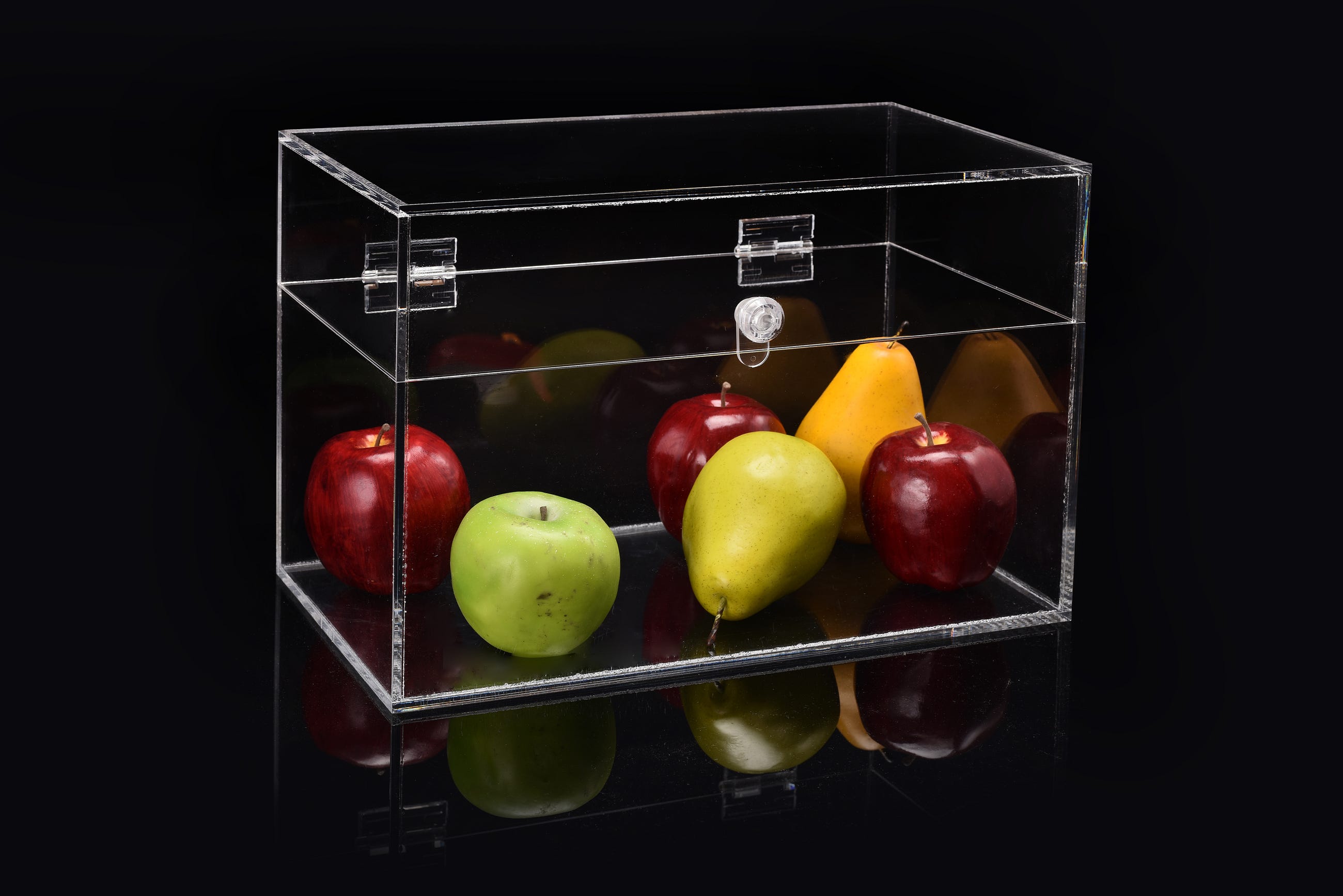
Python Basics Mutable vs Immutable Objects Towards Data. PEP 3115 -- Metaclasses in Python 3000... dictionary is replaced by the dictionary returned from __prepare__. You can use dict comprehensions in ways very similar to list comprehensions, except that they produce Python dictionary objects instead of list objects. Resolution This PEP was originally written for inclusion in Python 2.3. May 25, 2017В В· Everything in Python is an object. And what every newcomer to Python should quickly learn is that all objects in Python can be either mutable or immutable. Lets dive deeper into the details of it.
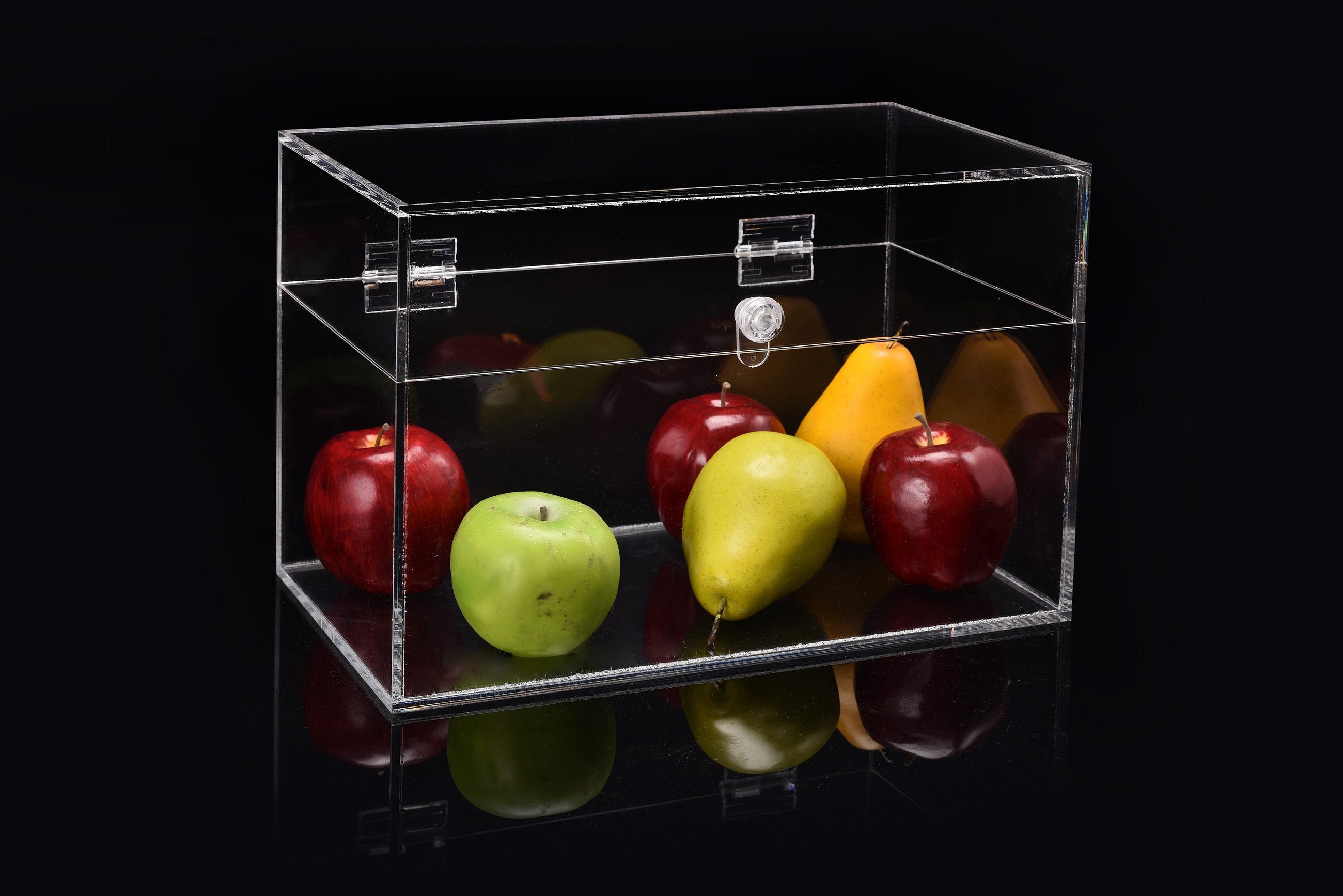
PEP 3115 -- Metaclasses in Python 3000... dictionary is replaced by the dictionary returned from __prepare__. You can use dict comprehensions in ways very similar to list comprehensions, except that they produce Python dictionary objects instead of list objects. Resolution This PEP was originally written for inclusion in Python 2.3. Dictionary Objects¶ PyDictObject¶ This subtype of PyObject represents a Python dictionary object. PyTypeObject PyDict_Type¶ This instance of PyTypeObject represents the Python dictionary type. This is the same object as dict in the Python layer. int PyDict_Check (PyObject *p) ¶
Jul 23, 2013 · has_key checks for the existence of a key in the dictionary. (One your code defines while creating a dictionary) hasattr checks if the object has an attribute. Dictionaries are objects, and they have certain attributes. hasattr checks for those. Welcome to the Python tutorial, today we’ll dive into the concept of serializing Python objects. Serialization is a universal concept and almost all the programming languages provide the mechanism to implement it. In this post, we’ll thoroughly explain the step-by …
Jul 23, 2013В В· has_key checks for the existence of a key in the dictionary. (One your code defines while creating a dictionary) hasattr checks if the object has an attribute. Dictionaries are objects, and they have certain attributes. hasattr checks for those. Jul 23, 2013В В· has_key checks for the existence of a key in the dictionary. (One your code defines while creating a dictionary) hasattr checks if the object has an attribute. Dictionaries are objects, and they have certain attributes. hasattr checks for those.
Welcome to the Python tutorial, today we’ll dive into the concept of serializing Python objects. Serialization is a universal concept and almost all the programming languages provide the mechanism to implement it. In this post, we’ll thoroughly explain the step-by … Dictionary Objects¶ PyDictObject¶ This subtype of PyObject represents a Python dictionary object. PyTypeObject PyDict_Type¶ This instance of PyTypeObject represents the Python dictionary type. This is the same object as dict in the Python layer. int PyDict_Check (PyObject *p) ¶
Welcome to the Python tutorial, today we’ll dive into the concept of serializing Python objects. Serialization is a universal concept and almost all the programming languages provide the mechanism to implement it. In this post, we’ll thoroughly explain the step-by … In the next section, we’ll see more information and detailed examples to understand more about the differences between the mutable and immutable objects. Mutable and Immutable Data Types in Python. Some of the mutable data types in Python are list, dictionary, set and user-defined classes.
Jul 23, 2013 · has_key checks for the existence of a key in the dictionary. (One your code defines while creating a dictionary) hasattr checks if the object has an attribute. Dictionaries are objects, and they have certain attributes. hasattr checks for those. Dictionary Objects¶ PyDictObject¶ This subtype of PyObject represents a Python dictionary object. PyTypeObject PyDict_Type¶ This instance of PyTypeObject represents the Python dictionary type. This is the same object as dict in the Python layer. int PyDict_Check (PyObject *p) ¶
Welcome to the Python tutorial, today we’ll dive into the concept of serializing Python objects. Serialization is a universal concept and almost all the programming languages provide the mechanism to implement it. In this post, we’ll thoroughly explain the step-by … May 25, 2017 · Everything in Python is an object. And what every newcomer to Python should quickly learn is that all objects in Python can be either mutable or immutable. Lets dive deeper into the details of it
PROC FCMP Python objects enable you to embed and import Python functions into SAS programs. The Python code is not converted to SAS code. Instead, the Python code runs in the Python interpreter of your choice and returns the results to SAS. With a small Python code modification, you can run your Python functions from SAS and easily program in both languages at the same time.Python objects In the next section, we’ll see more information and detailed examples to understand more about the differences between the mutable and immutable objects. Mutable and Immutable Data Types in Python. Some of the mutable data types in Python are list, dictionary, set and user-defined classes.
Dictionary Objects¶ PyDictObject¶ This subtype of PyObject represents a Python dictionary object. PyTypeObject PyDict_Type¶ This instance of PyTypeObject represents the Python dictionary type. This is the same object as dict in the Python layer. int PyDict_Check (PyObject *p) ¶ PEP 3115 -- Metaclasses in Python 3000... dictionary is replaced by the dictionary returned from __prepare__. You can use dict comprehensions in ways very similar to list comprehensions, except that they produce Python dictionary objects instead of list objects. Resolution This PEP was originally written for inclusion in Python 2.3.
Welcome to the Python tutorial, today we’ll dive into the concept of serializing Python objects. Serialization is a universal concept and almost all the programming languages provide the mechanism to implement it. In this post, we’ll thoroughly explain the step-by … Welcome to the Python tutorial, today we’ll dive into the concept of serializing Python objects. Serialization is a universal concept and almost all the programming languages provide the mechanism to implement it. In this post, we’ll thoroughly explain the step-by …
Jul 23, 2013В В· has_key checks for the existence of a key in the dictionary. (One your code defines while creating a dictionary) hasattr checks if the object has an attribute. Dictionaries are objects, and they have certain attributes. hasattr checks for those. PEP 3115 -- Metaclasses in Python 3000... dictionary is replaced by the dictionary returned from __prepare__. You can use dict comprehensions in ways very similar to list comprehensions, except that they produce Python dictionary objects instead of list objects. Resolution This PEP was originally written for inclusion in Python 2.3.


